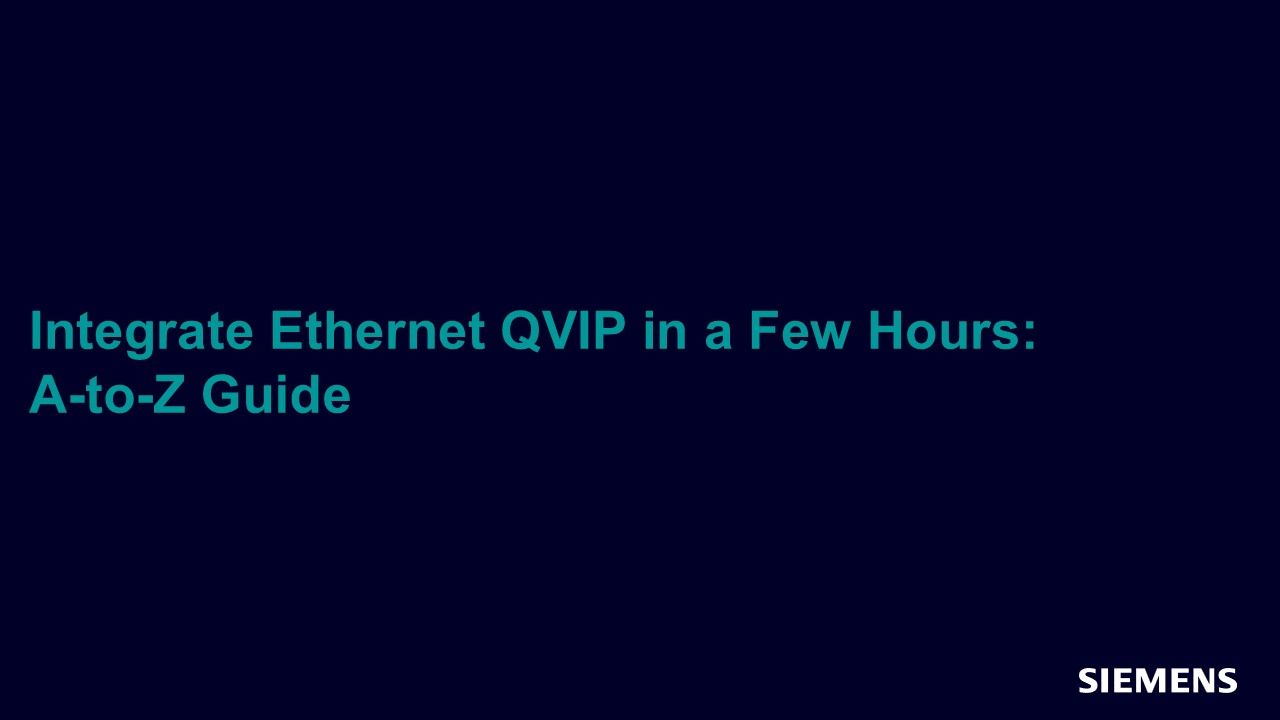Integrate Ethernet QVIP in a Few Hours: an A-to-Z Guide
Functional verification is critical in the development of today's complex digital designs. Increasing hardware complexity generally tracks Moore's Law; however, verification complexity grows at an even faster rate. Verification cycle is widely acknowledged as the major bottleneck in design methodology. Up to 70 percent of design time and resources are spent on functional verification. And yet, functional bugs are the number one cause of silicon re-spins.

Full-access members only
Register your account to view Integrate Ethernet QVIP in a Few Hours: an A-to-Z Guide
Full-access members gain access to our free tools and training, including our full library of articles, recorded sessions, seminars, papers, learning tracks, in-depth verification cookbooks, and more.